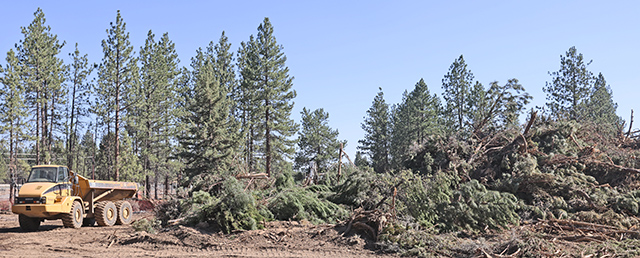Building green with less gold
Published 5:00 am Sunday, August 2, 2009
Might the recession have turned school districts, like the taxpayers who support them, into value shoppers? When it comes to building new schools, it might have.
According to The Oregonian, many districts have recognized the wisdom of building green schools without seeking LEED (Leadership in Energy and Environmental Design) certification, which involves extra costs and red tape. The LEED process is a creature of the U.S. Green Building Council, which encourages the construction of efficient, healthy and environmentally friendly buildings. To that end, it has established an array of standards. Participating projects are rated according to their adherence to these standards, with the greenest buildings receiving a platinum certification.
Trending
LEED certification has been particularly popular with government entities, many of which believe they must demonstrate environmental leadership in designing offices and other public structures. But the value of LEED certification isnt entirely clear, especially for school districts in growing areas, which must increase capacity continuously. Is building one LEED-certified school enough? Should all new schools be certified? Should any?
Ron Stewart, assistant superintendent for the North Clackamas School District, told The Oregonian he doesnt consider LEED certification necessary. Not only does the certification process boost the cost of a project, but districts can build efficient and Earth-friendly schools without it. Thats exactly what Stewarts district and many others are doing. LEED guidelines arent secret, after all.
Moreover, districts adopting the North Clackamas value shopper approach avoid the pressure of adding design elements they dont really want. LEED certification uses a point system that rewards districts not only for basic, common-sense design features that increase efficiency, but also for elements that verge on silly. Schools can earn LEED points, for instance, by reserving prime parking spots for low-emission and high-mileage cars, a potentially divisive matter that recognizes consumer choices rather than driving behavior. Silly or not, however, a district that needs a point or two to earn gold or platinum certification will be sorely tempted to carve out some Prius parking.
Skipping the LEED process, as North Clackamas has done, is an adult approach to green construction. From a government standpoint, LEED certification is a designer label. Its possible to achieve the same environmental benefits more cheaply by taking the generic approach, but doing so requires district leaders to resist a kind of institutional peer pressure. Some, it seems, are better at that than others.






